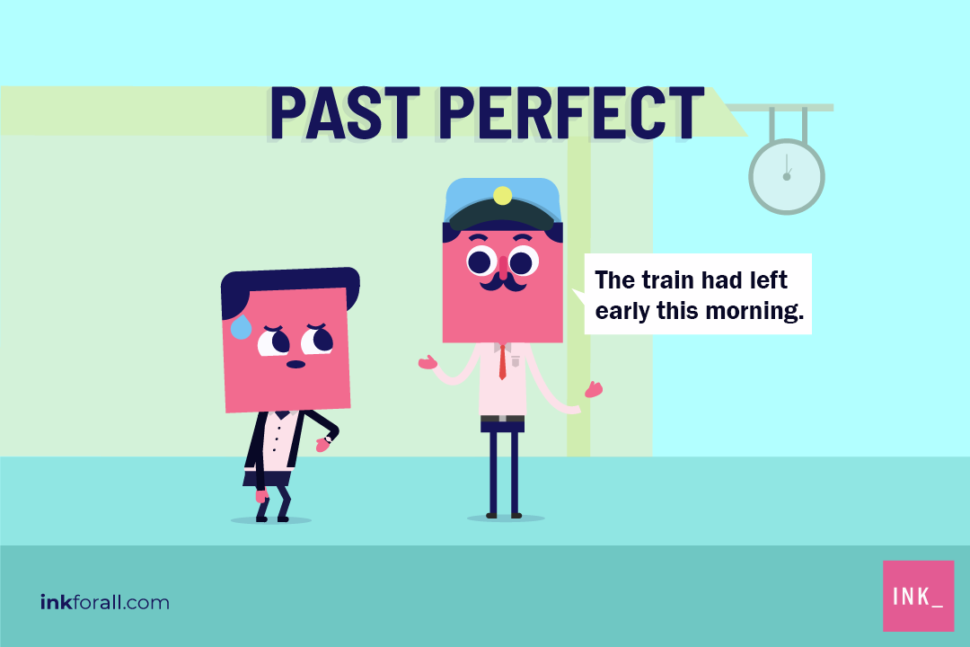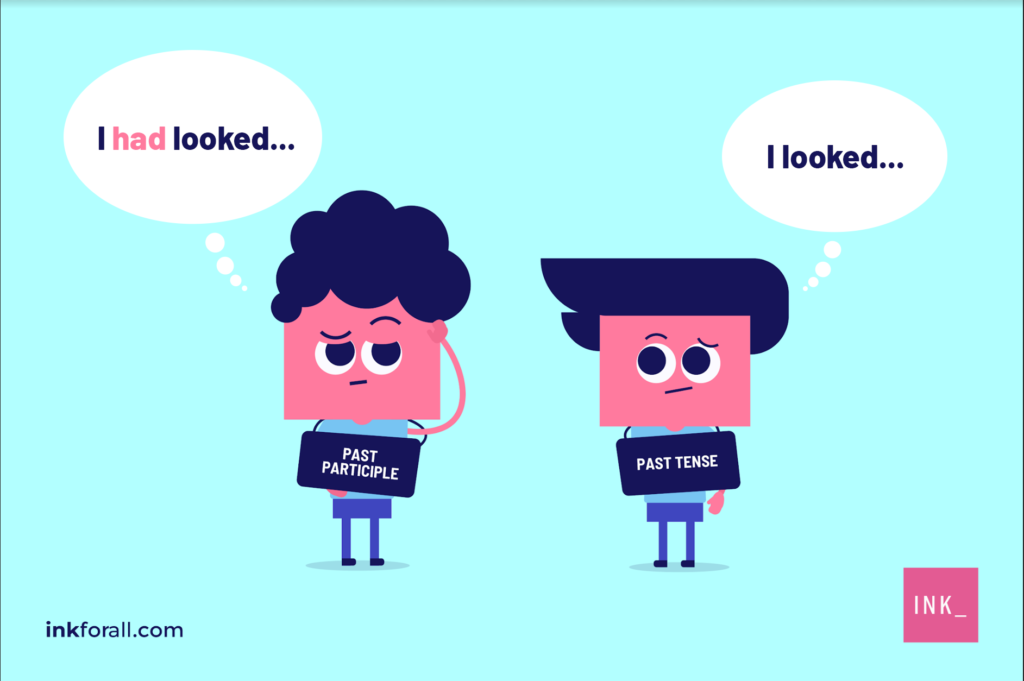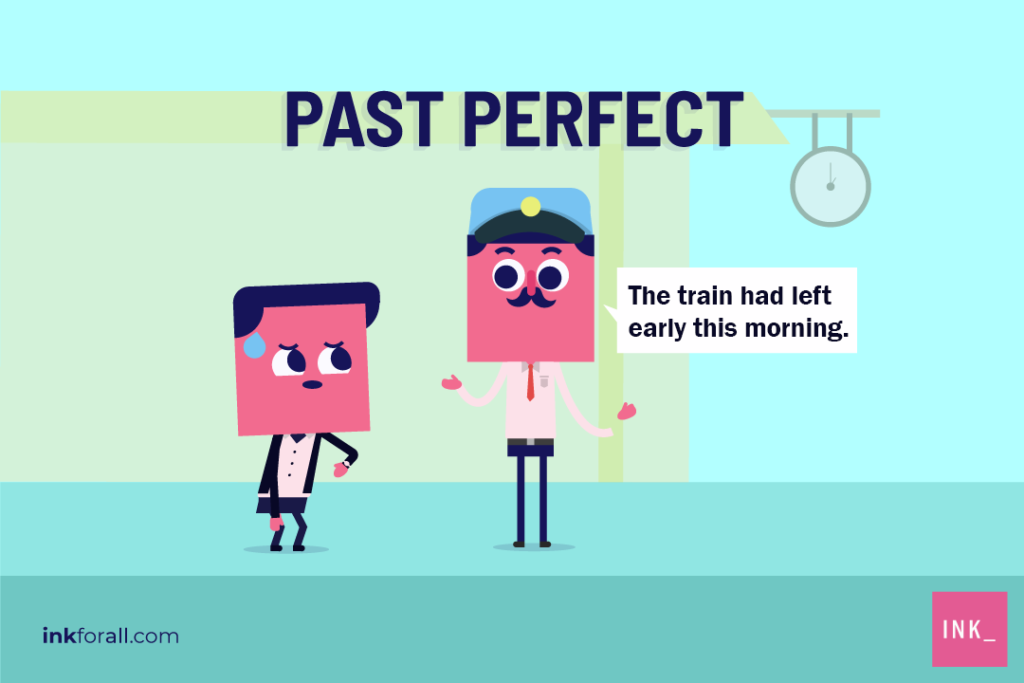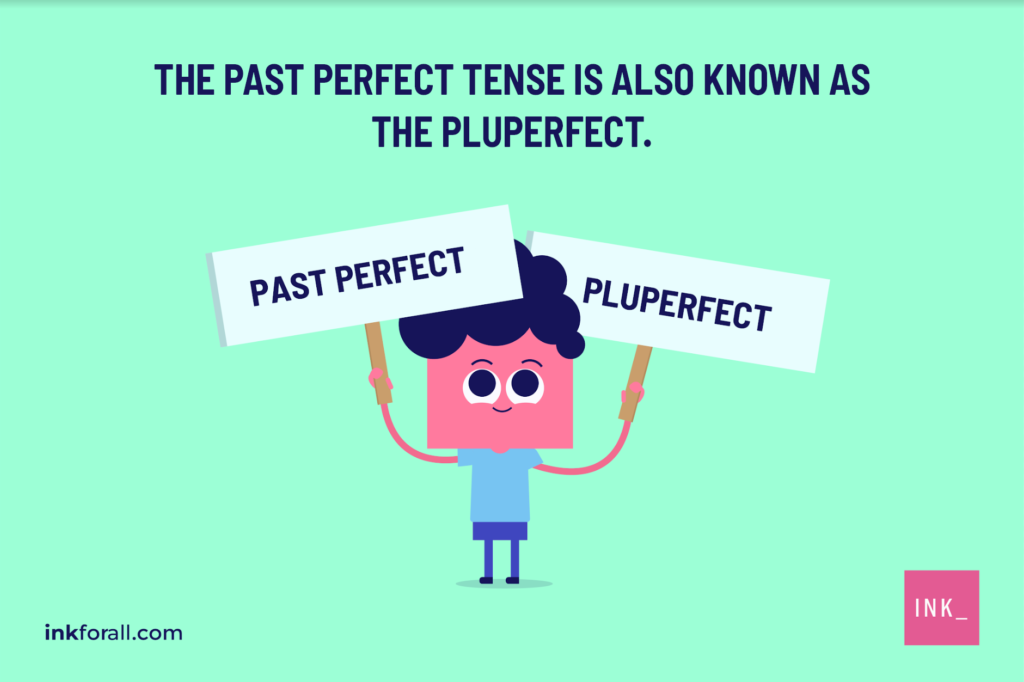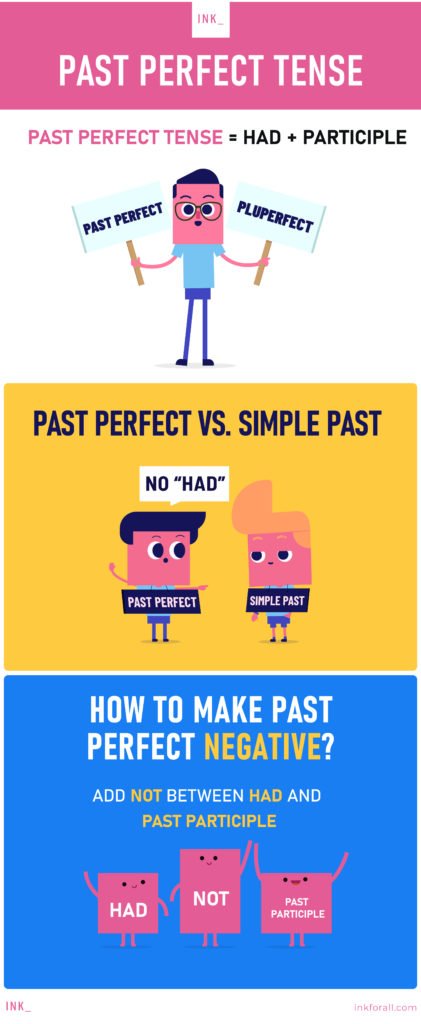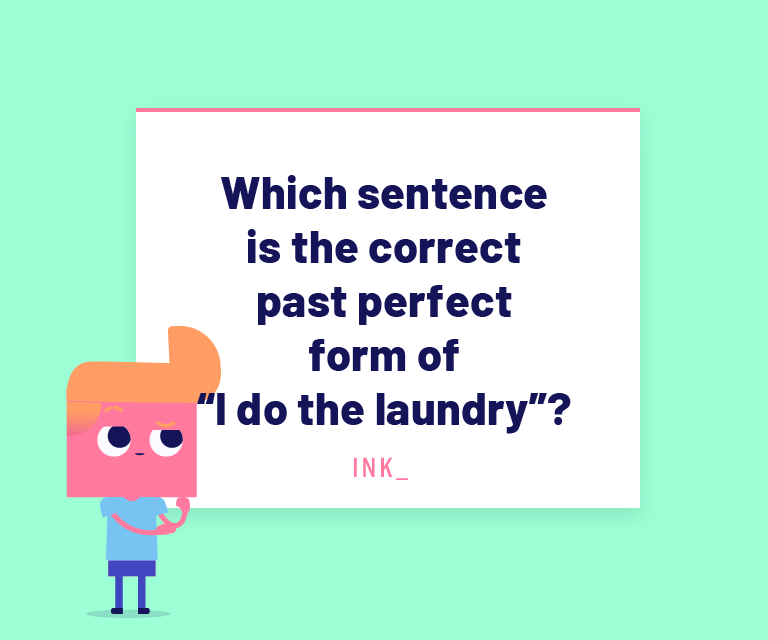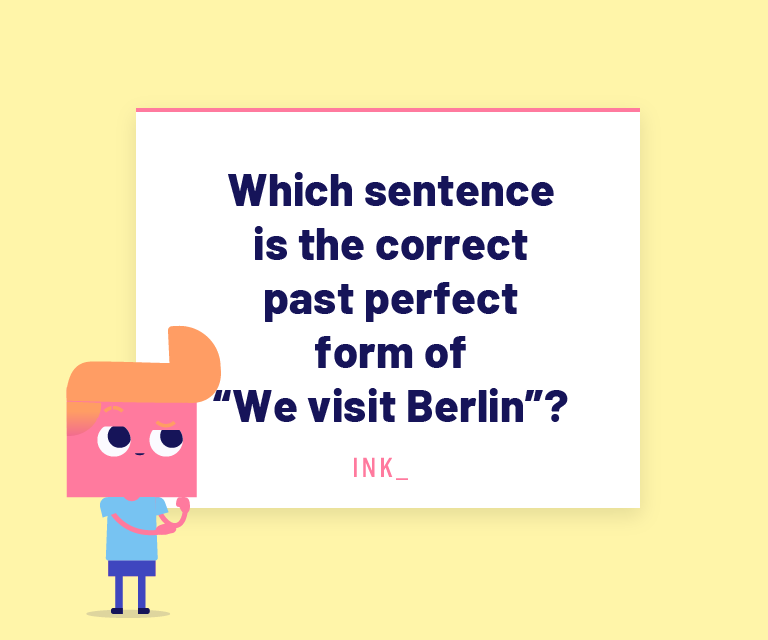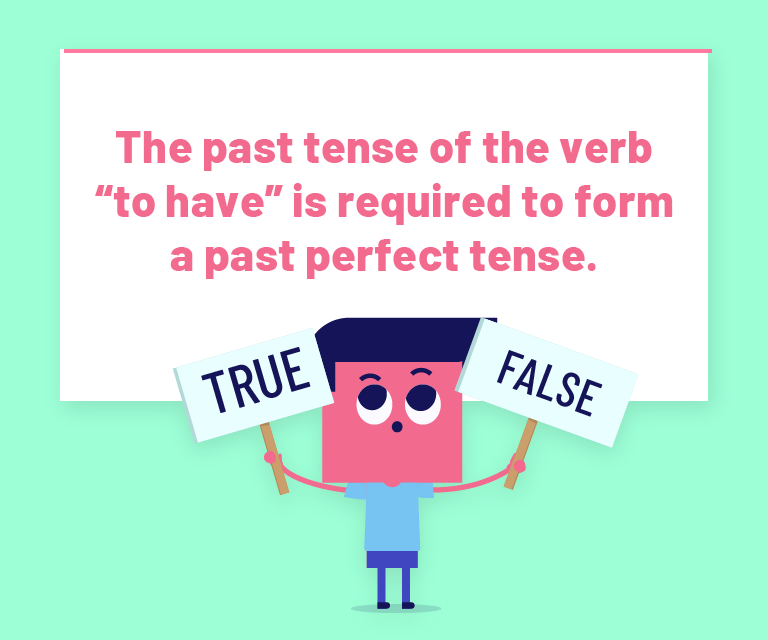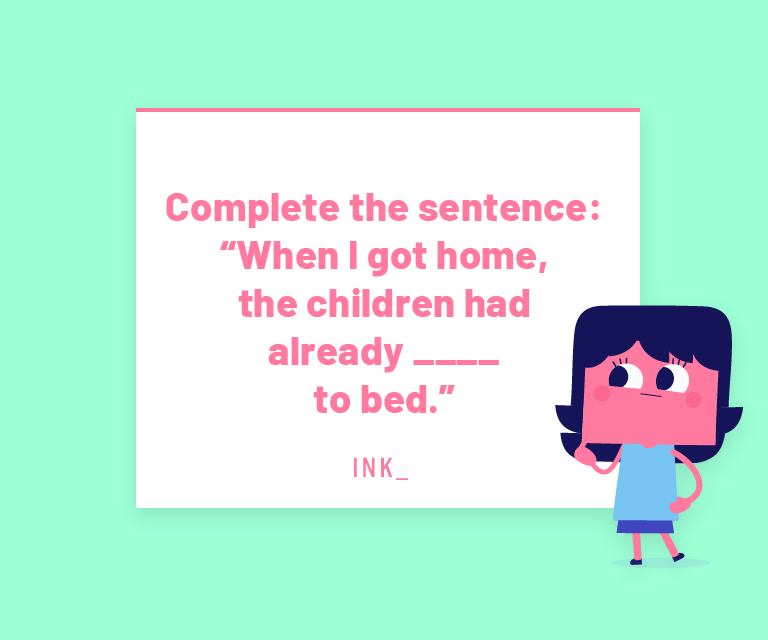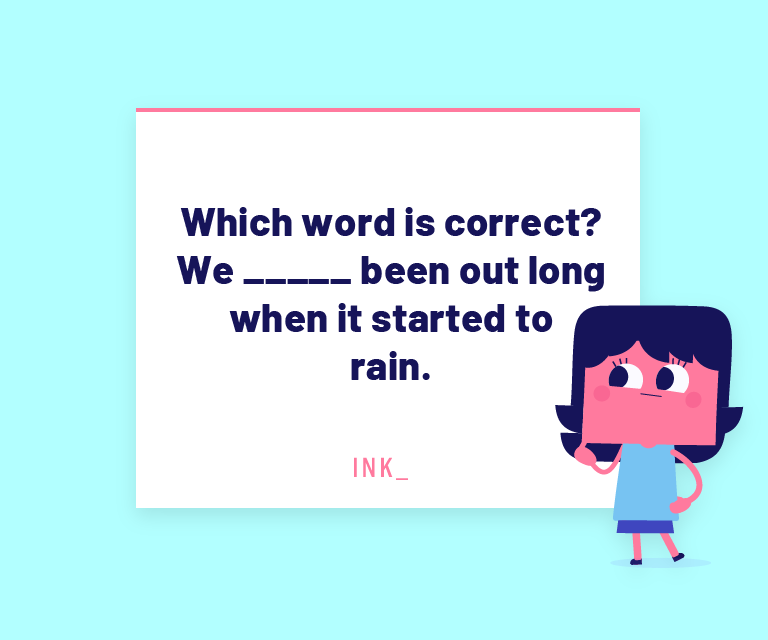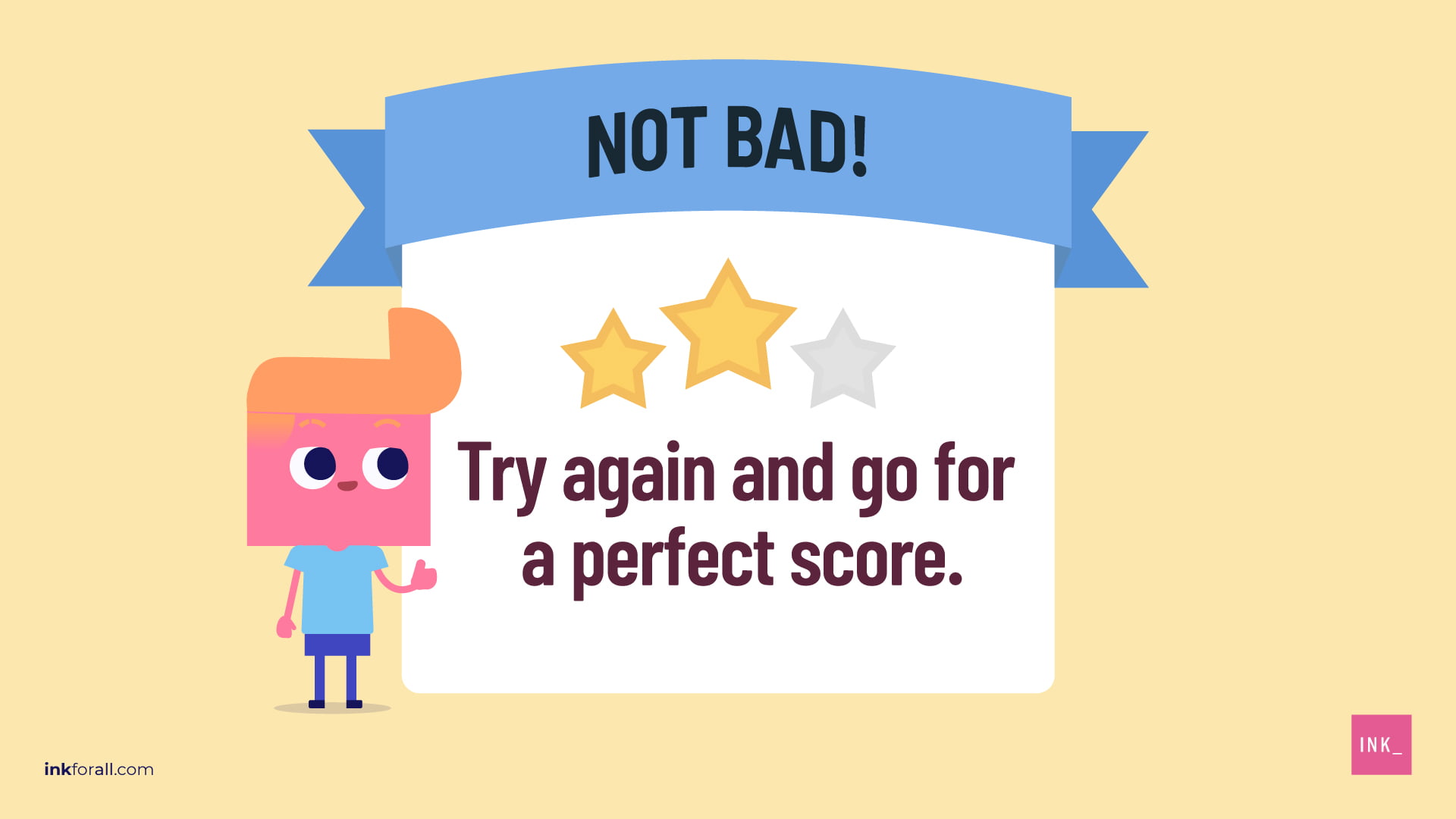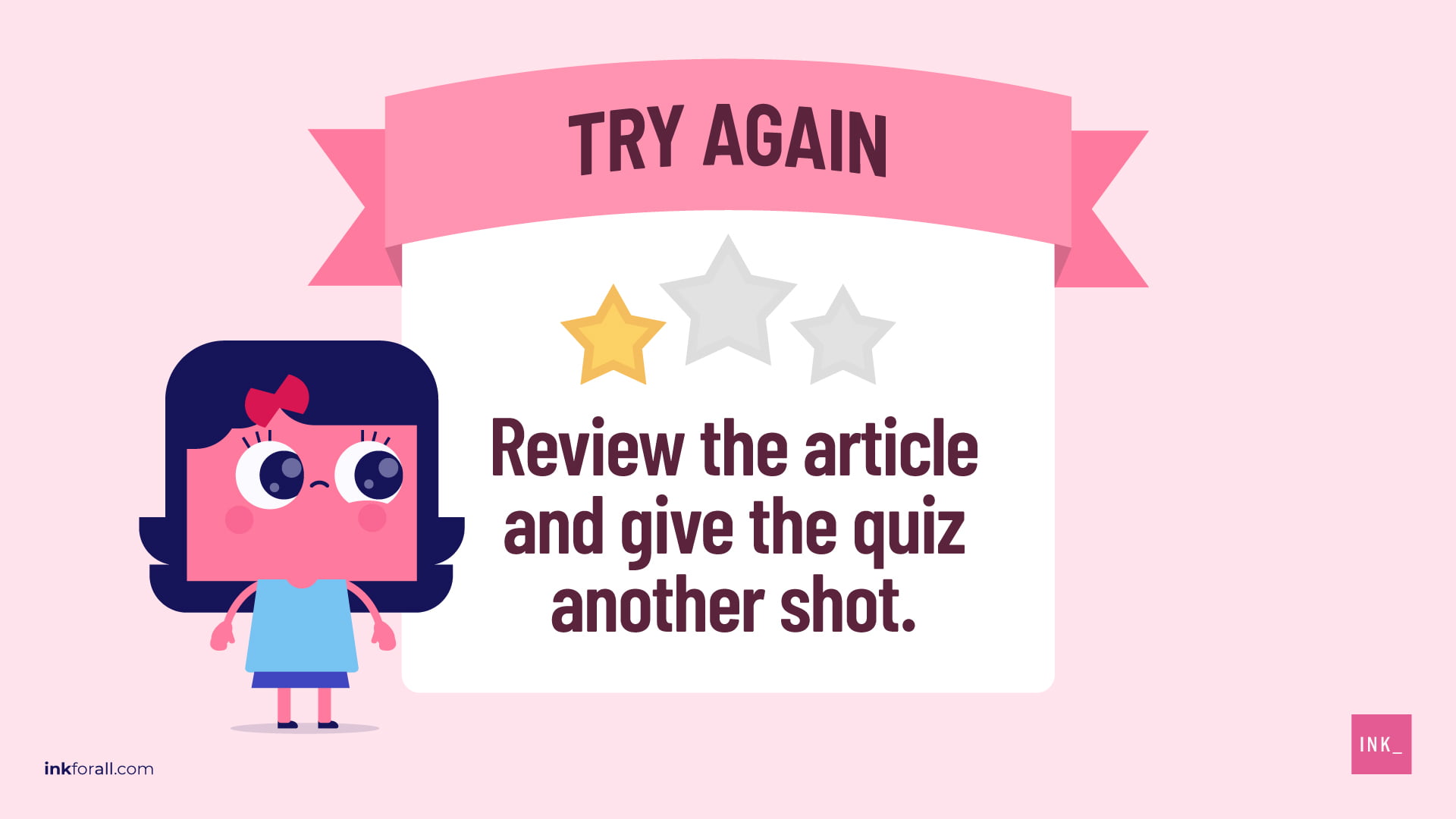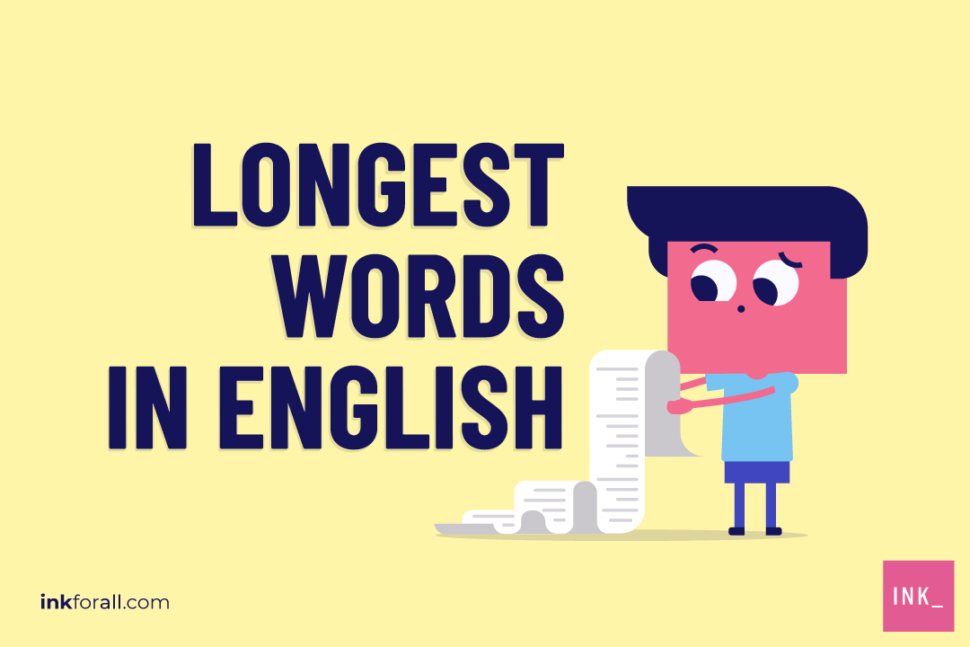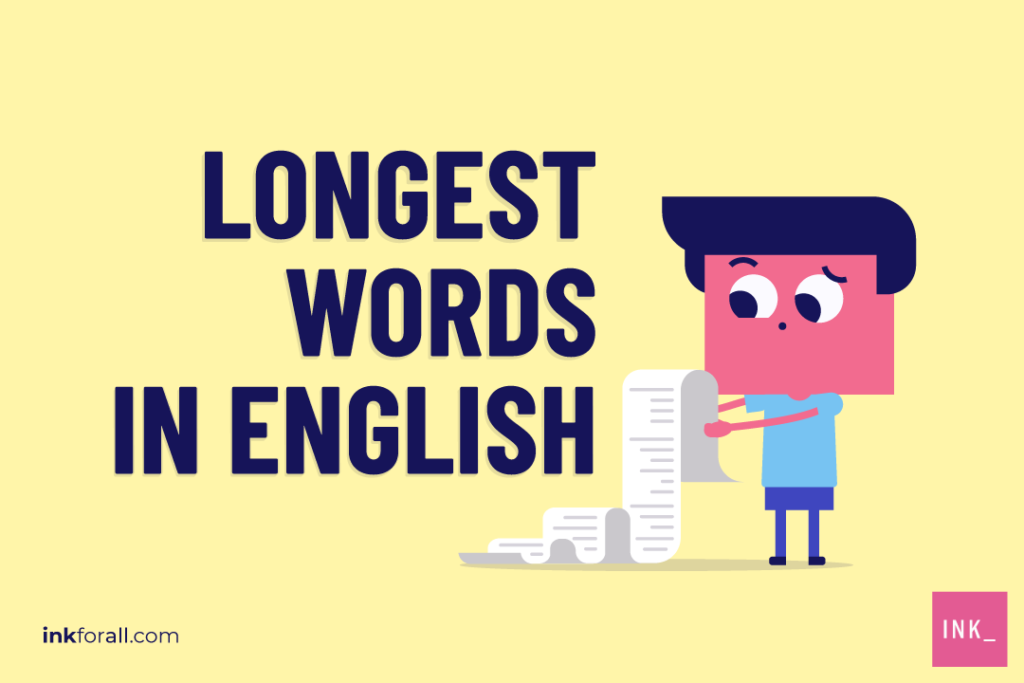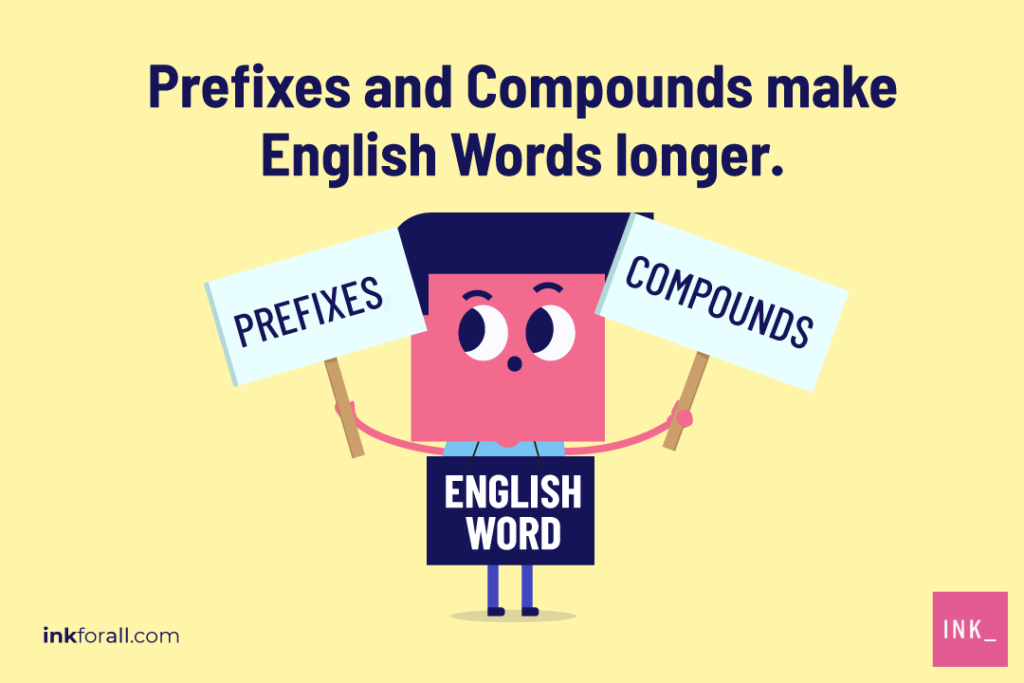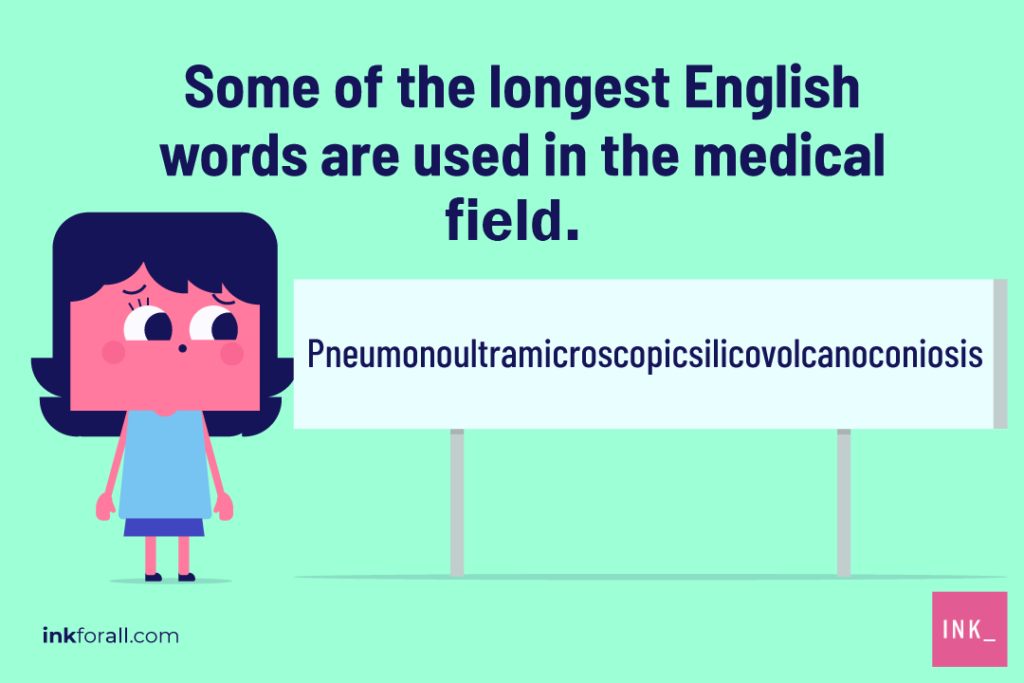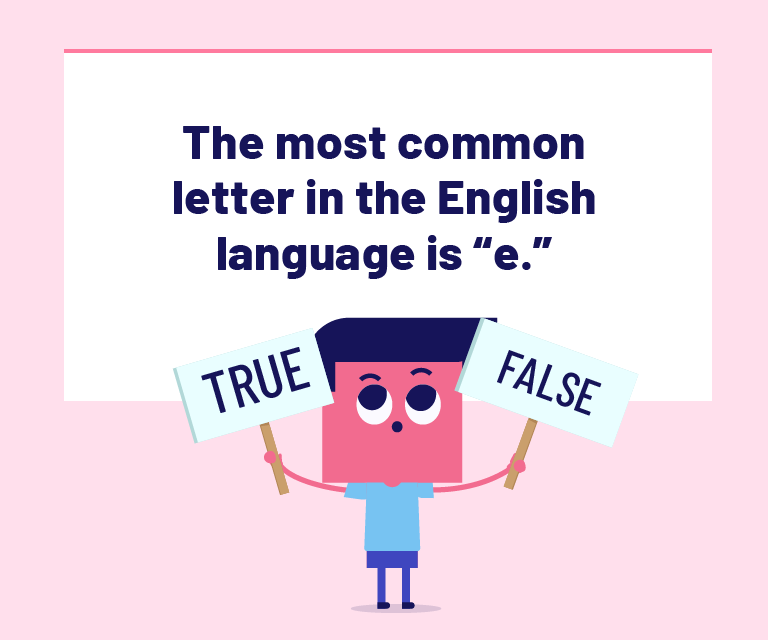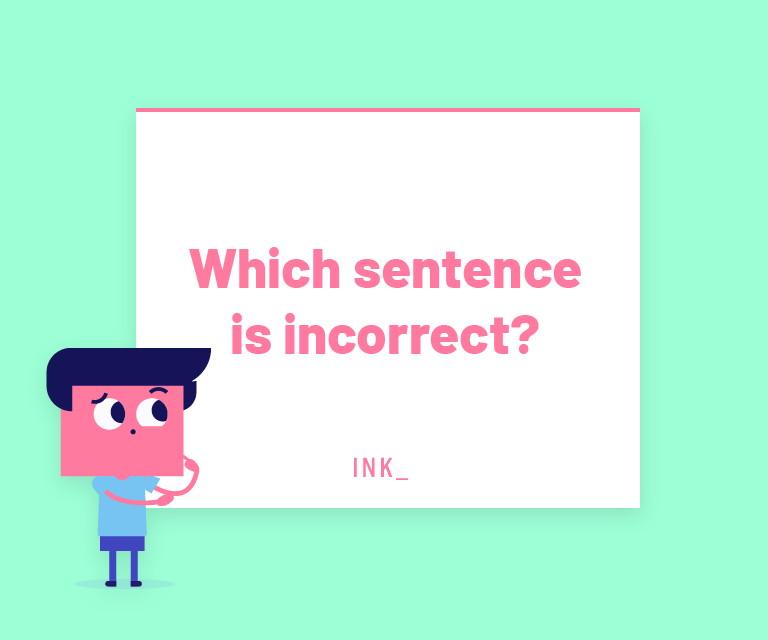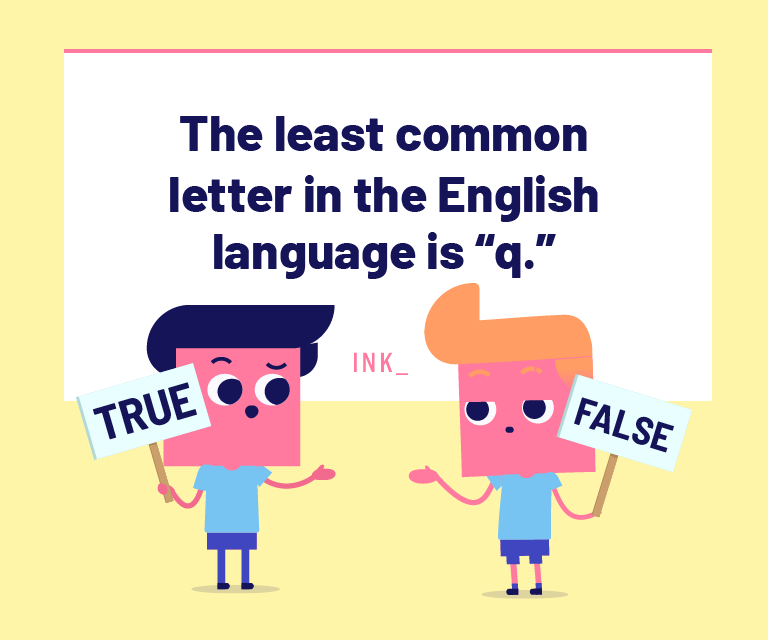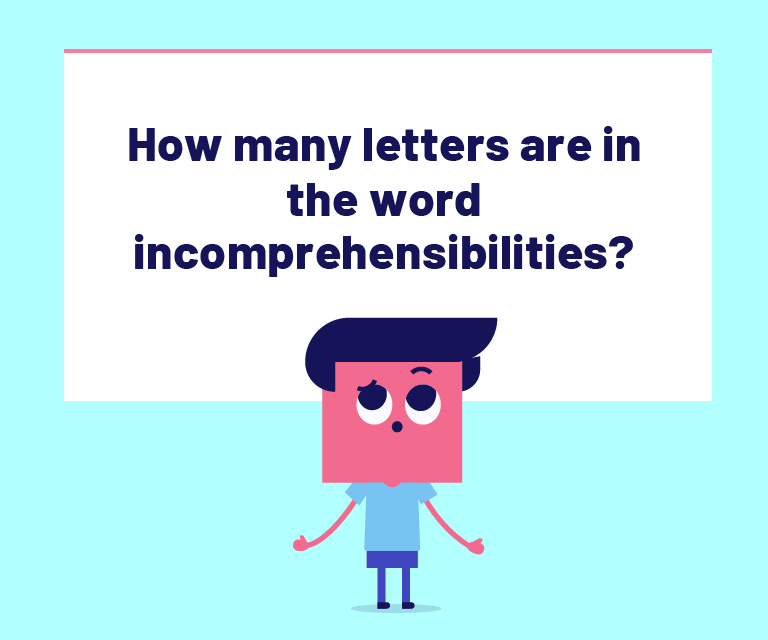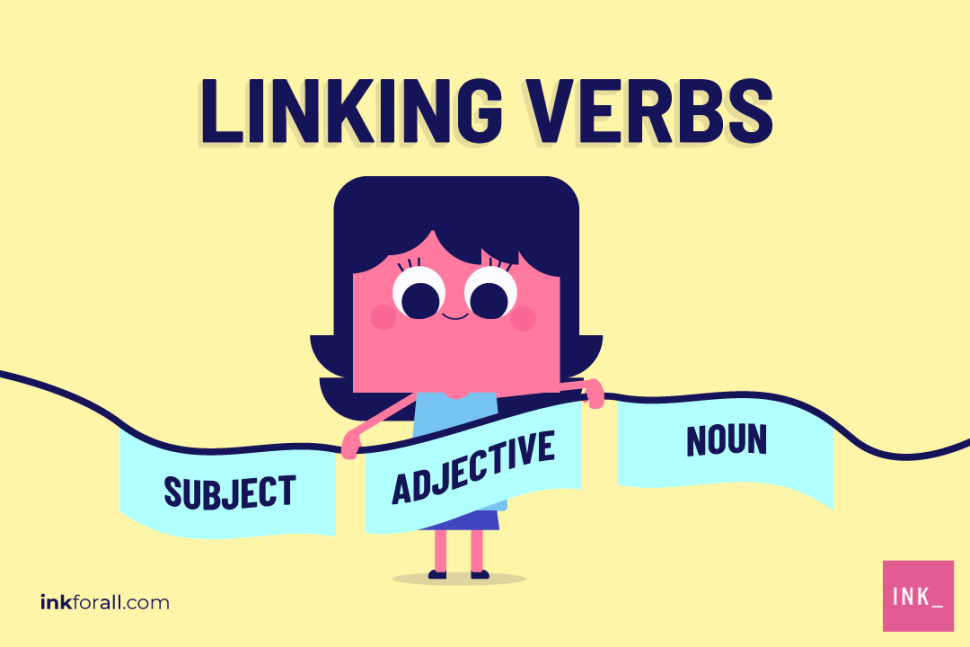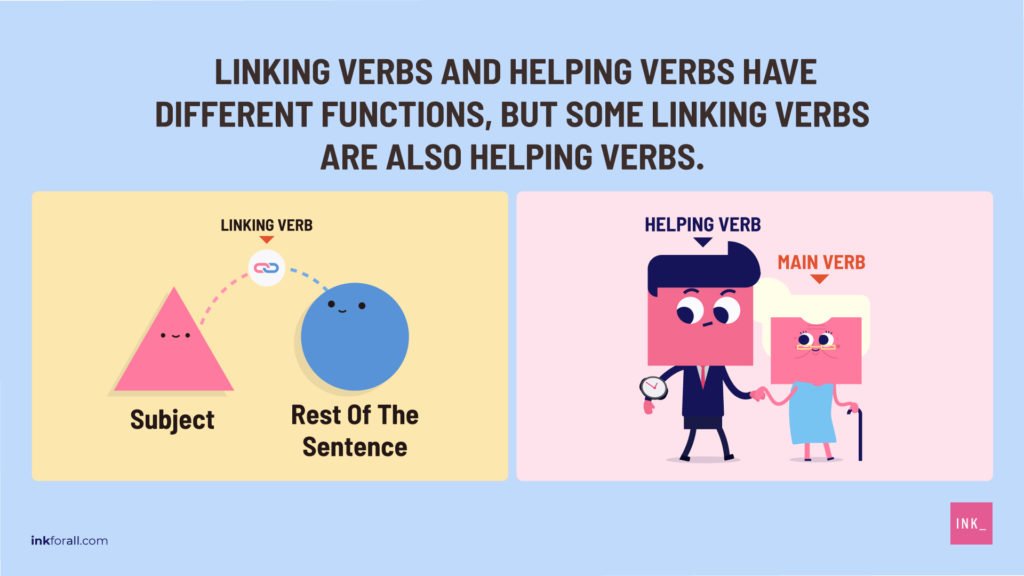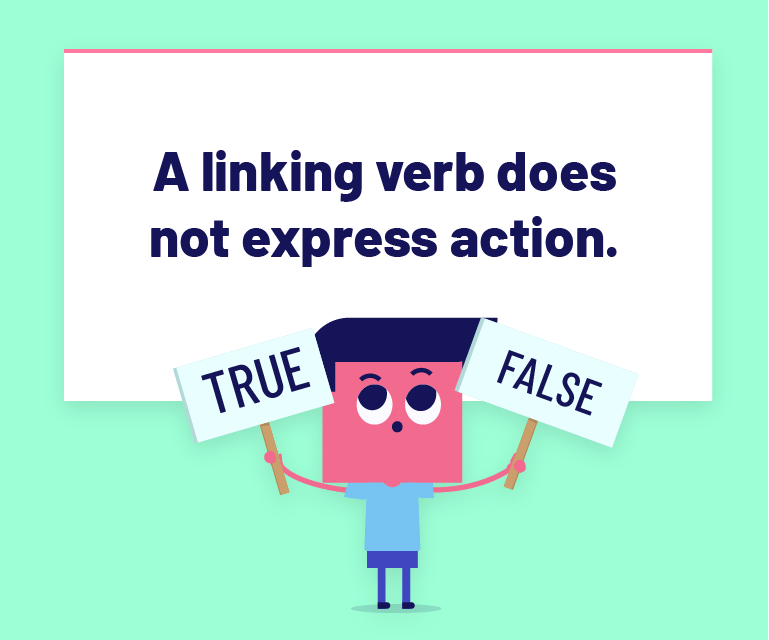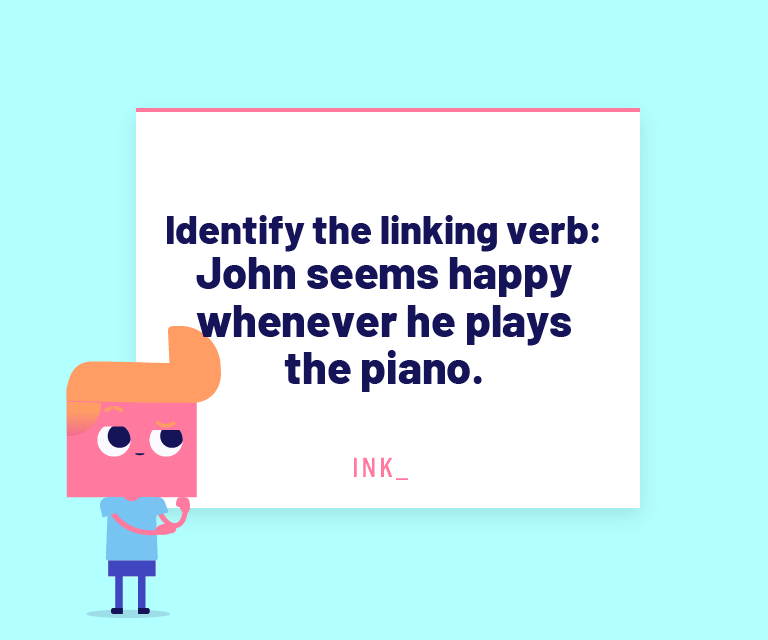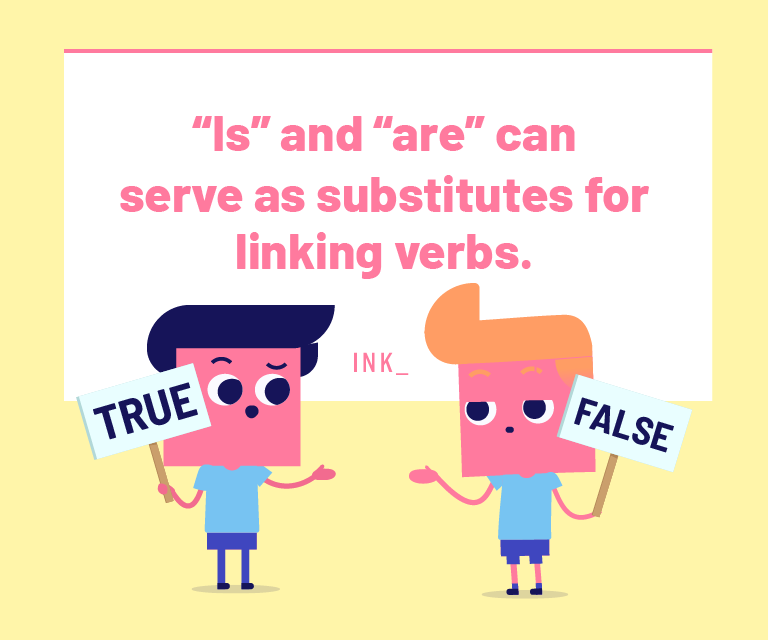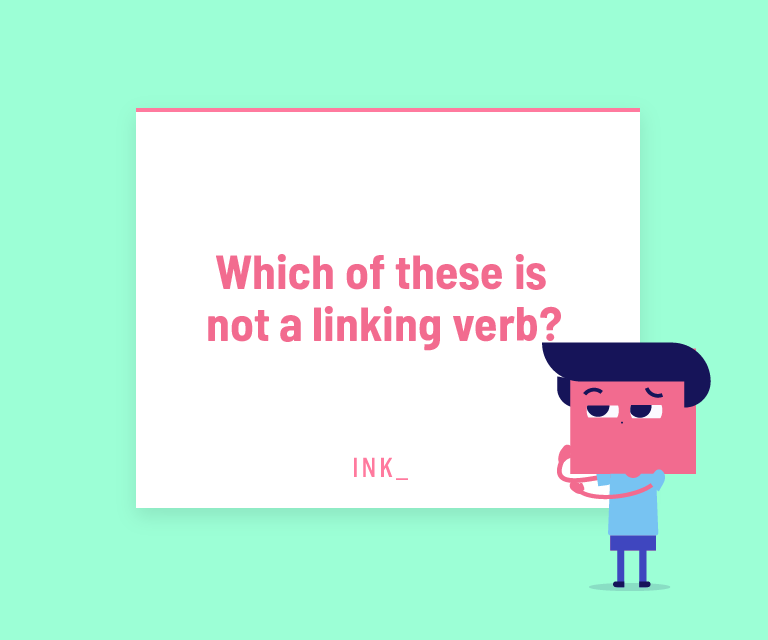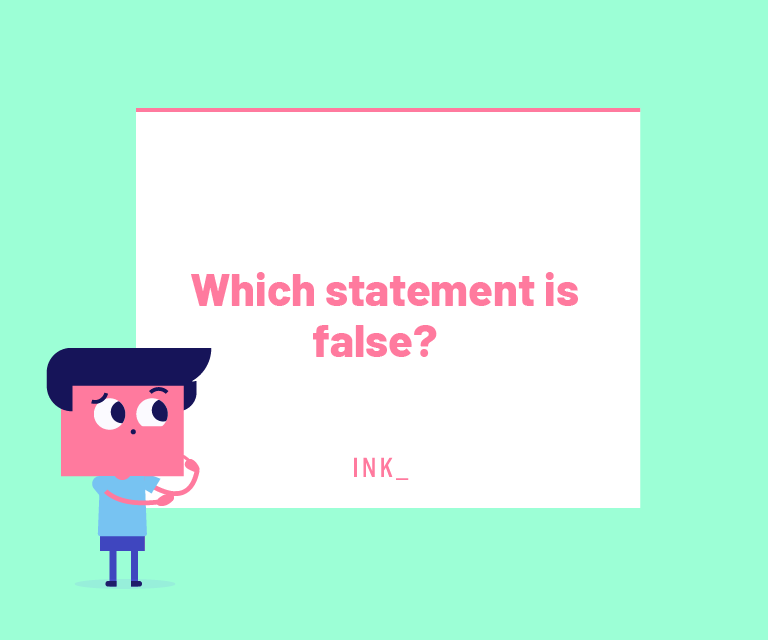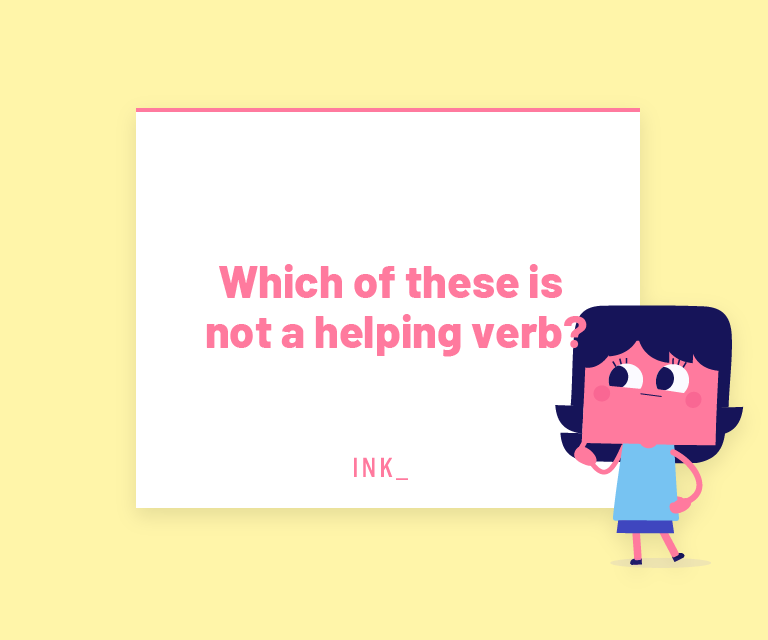Main Its vs. It’s Takeaways:
- Its is the possessive pronoun for it, as in “the door blew open on its own.”
- It’s is a contraction meaning it is, as in “it’s raining cats and dogs.”
- Its’ is not a word.
Sometimes, even seasoned writers use its and it’s incorrectly because the words sound the same. They look almost identical and sounds the same, but they’re not. Here’s are a few easy tips to make sure you always choose the correct word.
What is the Rule for Its?
On one hand, its signifies ownership or possession. It is not a contraction and as a result, does not have an apostrophe.On the other hand, it’s always takes the place of it is. It is a contraction, which is why it has an apostrophe.
Here are 3 easy tricks to help you decide whether to use its vs. it’s:
Trick #1: Replace with “it is”
Try replacing the word with the phrase it is in your sentence. If you sentence still make sense, then you know it’s is the correct option.
However, if you can’t substitute itis, then you should use its.
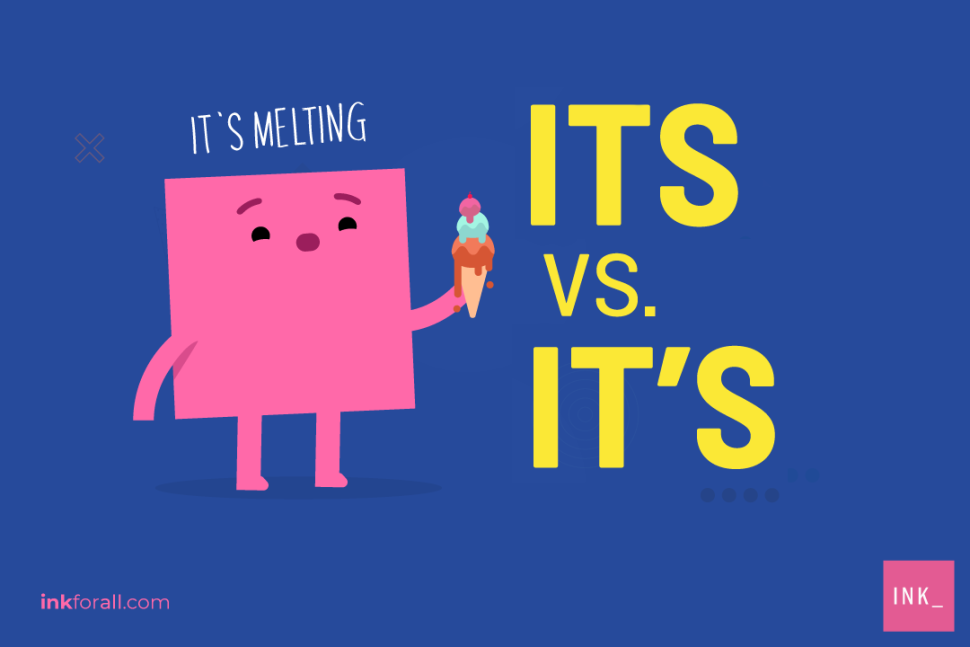

Trick #2: Look for a Determiner
Is the word is followed by a determiner like “a,” “an,” “the,” “this,” or “that”? What about a pronoun like “my,” “hers,” “ours,” or “theirs?” Or, maybe even a quantity like “a few” or number like “three?”
If so, then it’s is the correct option.
In the example above:
- it refers to the pizza.
- its posses way
- it’s is a contraction of it is and is followed by the determiner a few.
Possessive pronouns always need a direct object. For example, the pronoun is the owner and the direct object is what they possess or own. Usually, the point of this construction is to show ownership of something specific.
Its is a possessive pronoun. For this reason, it’s not usually followed by a determiner.
Trick #3: Look for a Noun That Comes Before
Is there a noun like pizza before the word?
If the answer is “yes,” then you probably want to go with the possessive pronoun its. This is because it is most likely substituting the noun at the beginning of the sentence to avoid repetition.
If you can replace the word with the same noun at the beginning of the sentence, then its is the correct choice.
We can double check itsis the correct choice with Trick #1, or substituting the word with the phraseit is:
When we replace the word with it is, the sentence no longer makes sense. Therefore, we know that its is the correct option here.
Do You Need an Apostrophe After Its?
No, you don’t need an apostrophe after its, whether you’re writing the contraction or the possessive form of it.
We use apostrophes to show that a noun or pronoun owns something, like John’s book. However, this punctuation is also useful for indicating that you removed letters to form contractions.
You’re more likely to find the contraction it’s in texts than the possessive pronoun its. That’s because the possessive form of its is only acceptable when referring to an object.
What about when referring to a person?


Can We Use Its for Humans?
It’s not appropriate to use the possessive pronoun its for humans. That implies that the individual in question is either an object or has no gender. Both depictions are generally considered offensive. Instead, consider using words such as he, she, his, her, they, or them.
The rule is not so straightforward when dealing with animal pronouns.
Grammar experts recommend referring to an animal as it unless the relationship is personal, like a pet with a name. In such a case, it’s acceptable to use he or she when referring to the animal.
The “personal” rule also applies when writing a children’s book about animals that can talk or have human traits.
How Do You Use Its and It’s in a Sentence?
It’s is a contraction that combines this pronoun with the verbis. Is expresses a state of being.
It’s is not the plural or possessive form of it. Writers should use its when they need a possessive pronoun.
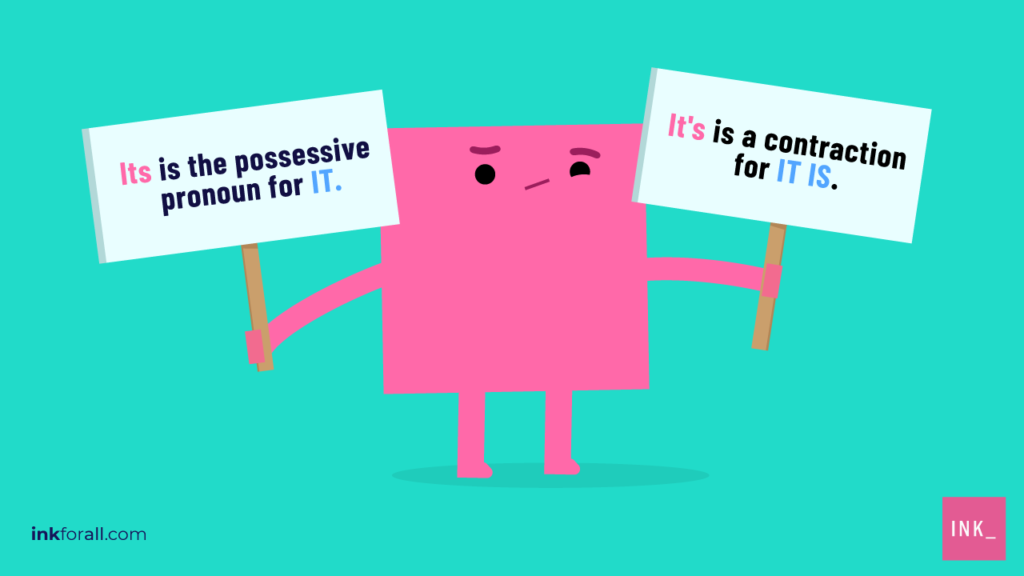

Recap: What’s the Difference Between It and It’s?
Its is the possessive pronoun for it, which describes an object, person, or other entity.
It’s is a contraction that means “it is.” People often use it’s instead of its because they assume an apostrophe plus ‘s’ always signifies ownership. Remember, many other possessive pronouns omit the apostrophe as well. This is true for my, your, hers, and his.
You may have also seen some people write its’ with an apostrophe at the end. This is a grammatical error because its’ is not a word.
It is a third-person singular neuter pronoun. Generally, the word it appears as the subject, indirect object, or direct object of a verb. It can also be the object of a preposition.
- It is a pronoun.
- It usually references an inanimate object, such as a car, book, or beverage.
- You can also use it to describe a person, animal, or plant.
- It’s is a contraction for it is.
- Its is the possessive pronoun.
- its’ is always incorrect because it is not a word.
Its vs. it’s might be one of the most confusing things in the English Language, but now have everything you need to master of the difference between the two.
Put Your Skills to the Test with This Quick Its vs. It’s Quiz
Its vs. It's Question #1
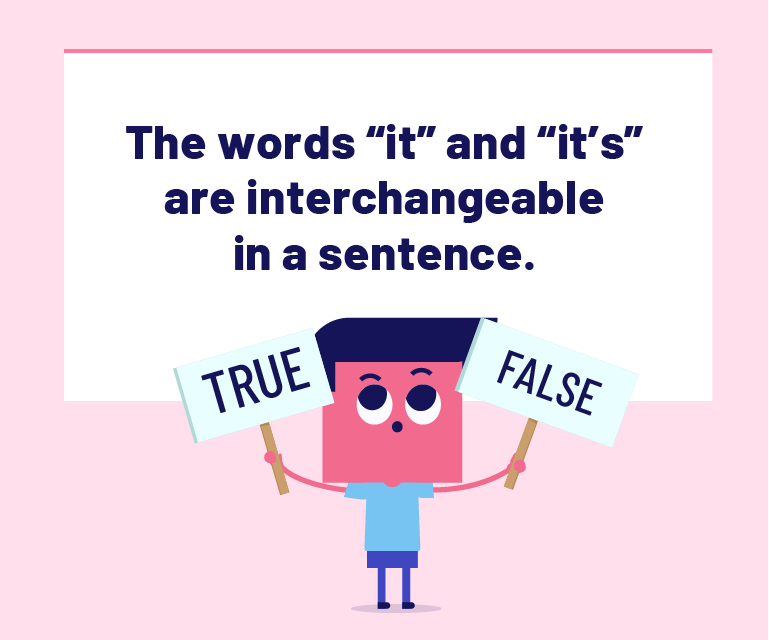

The answer is FALSE. “It's” is a contraction for “it is,” while “its” is used to indicate ownership.
It's vs. Its Question #2
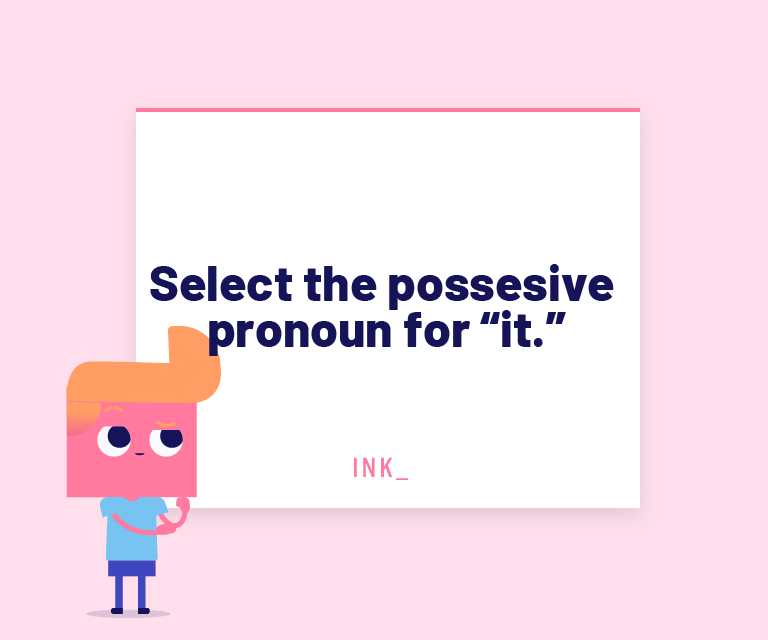

The answer is A. We use “its” in a sentence to indicate ownership or possession.
It's Question #3
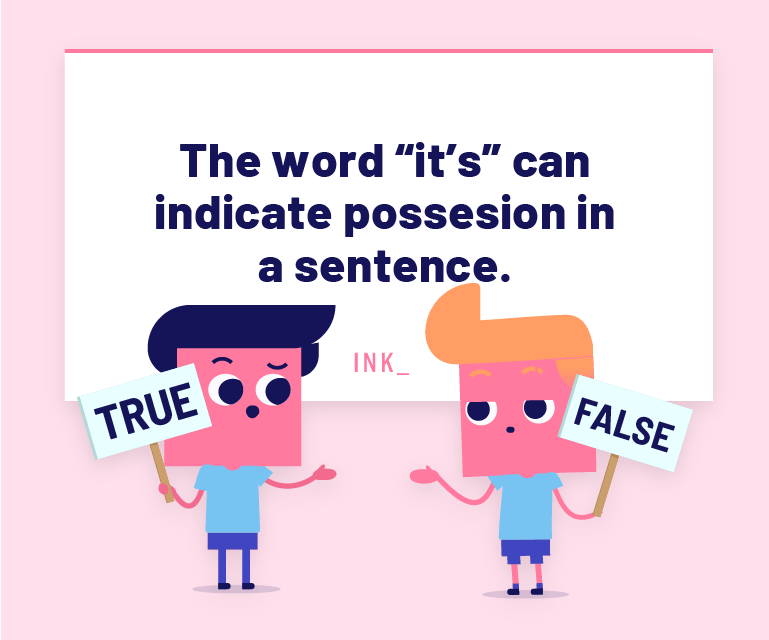

The answer is FALSE. “It's” is a contraction that means “it is.”
It's or Its Question #4
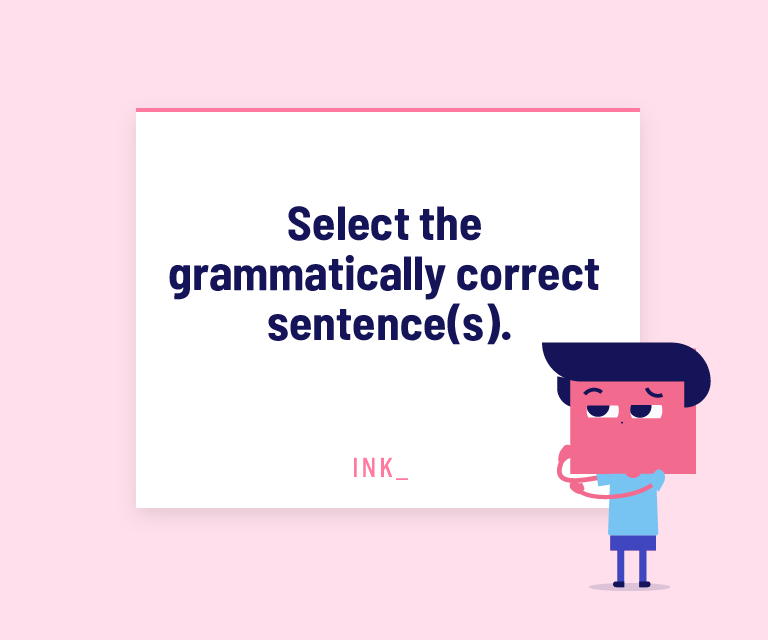

The answer is A. You can substitute “it is” in all the sentences except A.
It's and Its Question #5
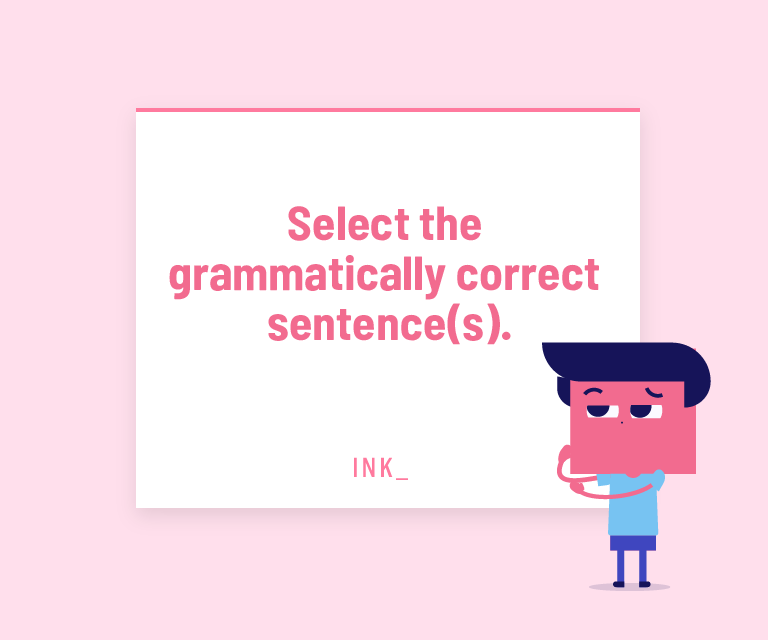

Please select 2 correct answers
The answers are A and D. You can substitute “it's” for “it is” in both A and D.

